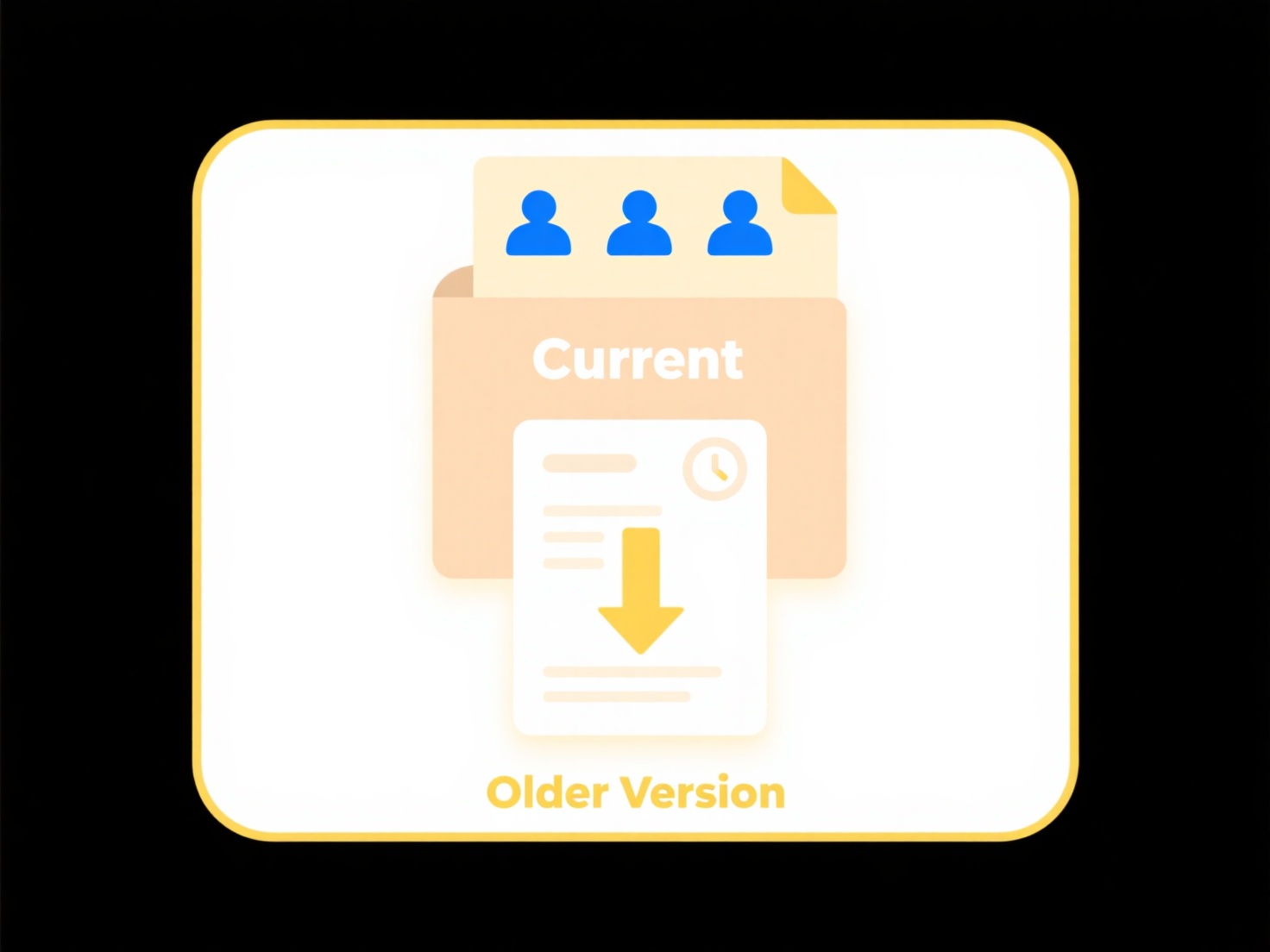
Duplicate files are typically exact copies of the original file's content (its actual data bytes). However, they are not always identical in every single respect. Key differences can exist in the file's name, location (path), or associated metadata (like creation/modification date, author tags, or permissions). These differences occur because the duplication process (copying, syncing, downloading) might change the filename to avoid conflicts or fail to perfectly replicate non-core file attributes.
In practice, user file copies provide a common example. Saving "report_v1.docx" as "report_v2.docx" on your desktop creates an exact content copy with a distinct filename. Cloud storage services and synchronization tools like Dropbox or OneDrive create duplicate files during syncing. While the payload data is identical, the copy's creation date often reflects the time of duplication, not the original file's date.

The primary advantage of duplicates is data redundancy and ease of versioning. The main limitation is potential confusion when filenames or metadata don't clearly signal the relationship to the original. Tools designed for deduplication typically focus solely on byte-for-byte content identity, ignoring metadata, which helps storage efficiency. Increasing focus on metadata standards might improve future duplication accuracy, making duplicates more holistically identical.
Are duplicate files always exactly the same?
Duplicate files are typically exact copies of the original file's content (its actual data bytes). However, they are not always identical in every single respect. Key differences can exist in the file's name, location (path), or associated metadata (like creation/modification date, author tags, or permissions). These differences occur because the duplication process (copying, syncing, downloading) might change the filename to avoid conflicts or fail to perfectly replicate non-core file attributes.
In practice, user file copies provide a common example. Saving "report_v1.docx" as "report_v2.docx" on your desktop creates an exact content copy with a distinct filename. Cloud storage services and synchronization tools like Dropbox or OneDrive create duplicate files during syncing. While the payload data is identical, the copy's creation date often reflects the time of duplication, not the original file's date.

The primary advantage of duplicates is data redundancy and ease of versioning. The main limitation is potential confusion when filenames or metadata don't clearly signal the relationship to the original. Tools designed for deduplication typically focus solely on byte-for-byte content identity, ignoring metadata, which helps storage efficiency. Increasing focus on metadata standards might improve future duplication accuracy, making duplicates more holistically identical.
Related Recommendations
Quick Article Links
How do I rename movie files using IMDB data?
Renaming movie files using IMDb data involves automated tools that fetch correct titles, release years, and other metada...
Can automation tools help detect and remove duplicates during sorting?
Can automation tools help detect and remove duplicates during sorting? Automation tools often assist in managing dupli...
Can I remove all sharing from a file?
Removing all sharing typically refers to revoking access permissions for a specific file, ensuring no other users can vi...